Sun-touched hills and rolling valleys, quiet back roads and snow-capped mountains. Ireland is a timeless, age-caressed landscape just waiting to be explored. Stick to the backcountry and you’re sure to find more than they could ever show you on a tour or in a magazine, the warmth and natural beauty of which you can find in no other country on earth.
Travelling around Ireland is an ideal journey for a curious backpacker, or any tourist for that matter. By immersing yourself in the scenery and absorbing the culture that the Emerald Isle offers you, you will experience an authentic Irish holiday.
Travelling in Ireland’s Backcountry: What to expect when staying in Limerick
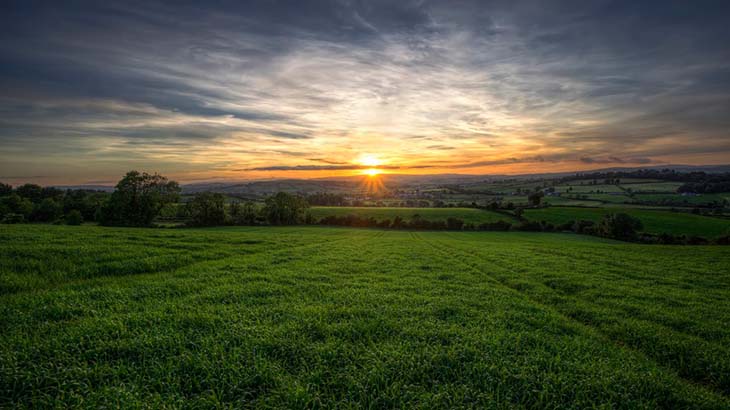
Staying in Limerick offers you a packed calendar of events, from adventure and discovery to music and sports. The county has much to offer so take a walk amongst Limerick’s Garden Trail and warm up in a welcoming restaurant or cosy pub. As Ireland’s City of Culture, Limerick plays host too many contemporary art exhibitions including theatre, literature and many places of interest worth exploring on your visit.
Your First Stop should be the Incredible Cliffs of Moher
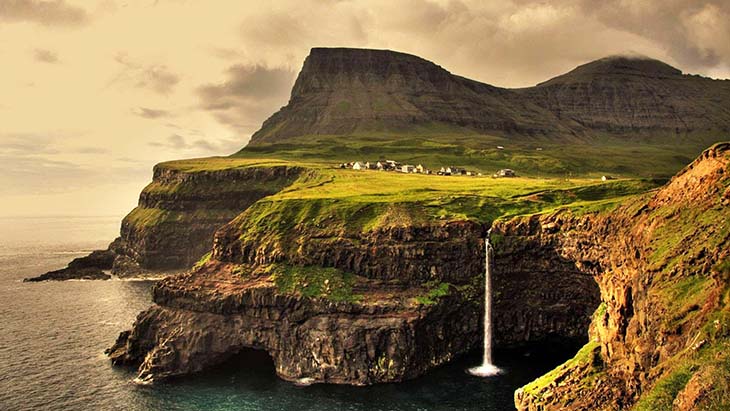
The Cliffs of Moher are located at the South Western edge of the Burren region in County Clare. The sheer magnificence of this rugged area is truly amazing and a must see. The Moher cliffs rise 120 metres above the Atlantic Ocean and trail along the coast for nearly eight kilometres before reaching a height of 214 metres the further north you travel. Taking a ferry allows you to view the cliffs from sea level, and from the bottom puts the drop into perspective.
The site has been developed by Clare County Council and Shannon Heritage to allow visitors experience the full beauty of the Moher Cliffs without the distraction of man-made amenities or features to give the most natural experience possible.
Cruise the coast into Connemara National Park
In the west provinces on the fringes of Ireland you can find Connemara, one of the most beautiful, unspoilt places to visit in Europe; this is an eco-enthusiasts dream vacation. It offers visitors a wonderland of sights, adventure and activities and the hospitality you can find here embodies the essence of Ireland.
The Connemara National Park covers roughly 2900 hectares of scenery from majestic mountains to beautiful grass and woodlands. The visitor centre, your main access area for the park is located near the village of Letterfrack and entry is free of charge. For the children the park has a built playground to entertain featuring a variety of equipment. For the adults there are guided trails, picnic areas, an audio visual show and exhibitions on the Connemara landscape.
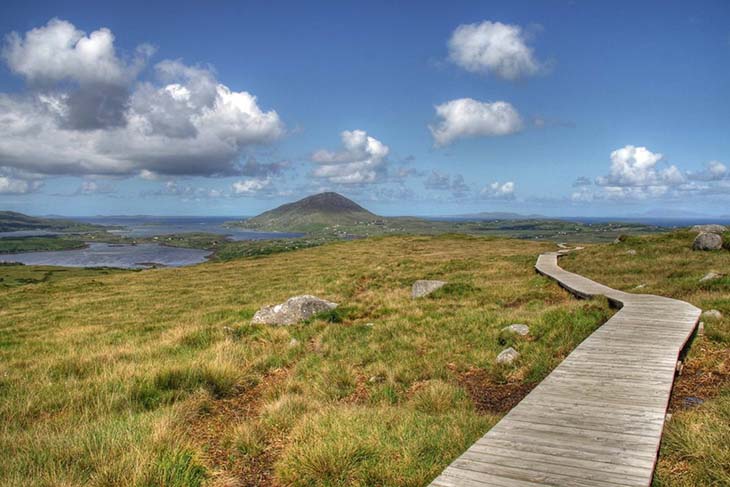
The park is abundant in beautiful native flora and fauna, from shrews and foxes to rabbits and bats, there is plenty here to be seen, photographed, smelt, touched and experienced.
Head north into the fishing town of Sligo
On the coastal plain facing the ocean you can find the small town of Sligo, a town known for the abundance of shellfish found in the river Garavogue, originally called the Sligeach, which is listed as one of the seven “royal rivers” of Ireland. Visiting the Garavogue in the winter months reveals a frost-tipped beauty as icicles crystalize on the rivers surface and boats try to plough through the sleek sheets of ice that bar their pathway.
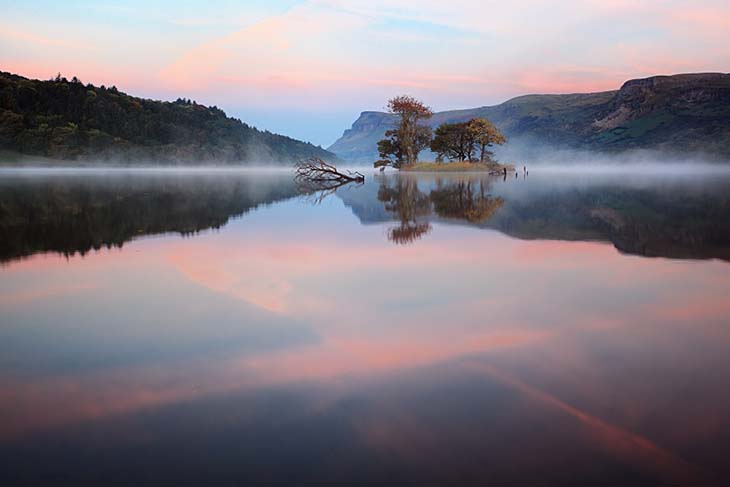
Sligo, once a major commercial port on Irelands west coast, has since become an important tourist destination due to the natural beauty of the countryside. Its rugged landscapes rival those of other popular destinations such as Wicklow and Killarney, and provide you with just as much beauty but with less of a tourist crowd. The local government and business operators have been driving expansion over the last decade and development of previously neglected areas (such as along the river) whilst preserving the tradition and beauty that have for so long defined Sligo.
Crossing through the mainland into Wicklow
On the road to Wicklow you might want to stop off at Longford or Mullingar or even Bray and grab a pint and mingle with the locals, a four hour trip gives you plenty of time to take a break and meet some new faces. Stop in at the Crown at Bray, grab a drink, experience the historic atmosphere and continue onto Wicklow. Ireland is famous for its pub culture and what better than a long-distance pub crawl?
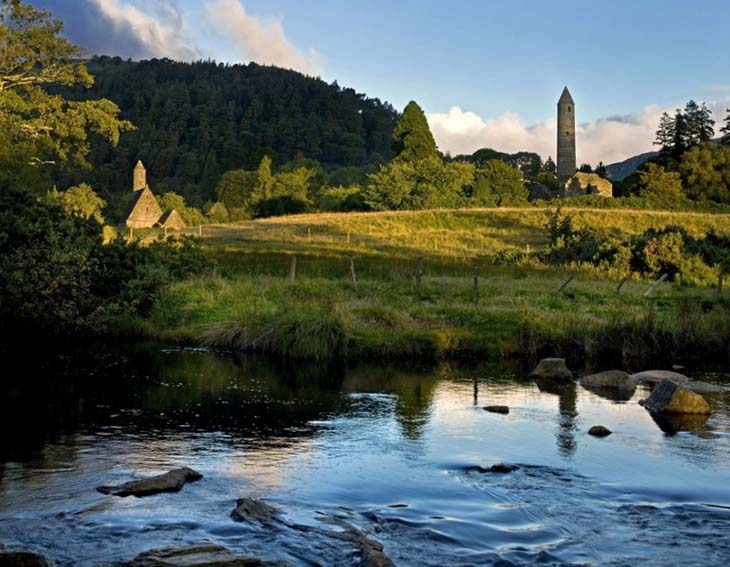
The county of Wicklow, just over an hour south of Dublin, famous for its weaving, offers a more traditional and quiet scenic backdrop to a holiday. Explore the history and culture of a traditional Irish town or go off the beaten track and explore the countryside and experience nature in its undisturbed bountiful beauty.
Finish your trip in Dublin and grab a Guinness
Dublin, the bustling heart of Ireland offers the most for you to experience for both the luxurious travellers and earthy backpackers. It is reputedly known as one of Europe’s most youthful cities and has a vibrant nightlife. With activities that cater to everyone, Dublin embodies the heart of Irish culture and offers many accommodation choices based on how much you are willing to spend.
No trip to Ireland would be complete without a trip to a brewery. It is the equivalent of going to Disneyland and not visiting the Splash Mountain ride.
For tourists they have the Guinness Storehouse to explore, covering seven floors surrounding a glass atrium shaped in the form of a pint of Guinness. It was stylized after the Chicago School of Architecture and was used as the fermentation plant for the Brewery until 1988. Walking down the hallways and gazing at the traditional relics of an age past, the authentic stains held by barrels and vats that have seen and held more beer than most humans will in their entire lifetimes is fascinating.
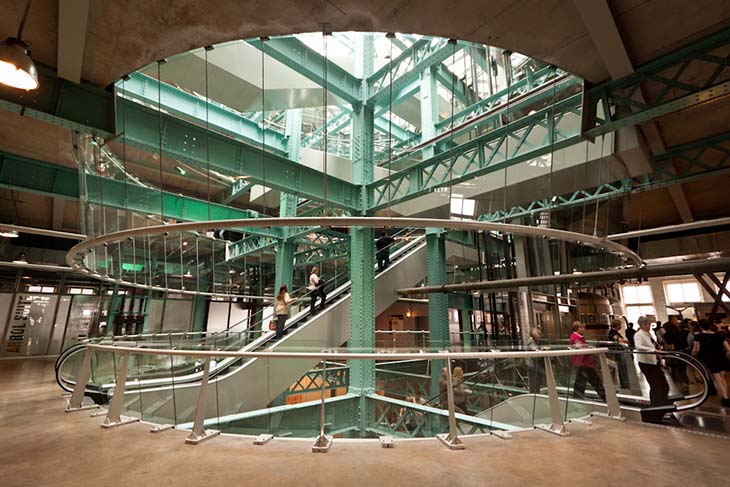
The Guinness Archive at the Storehouse contains photographs, video, posters, maps, film, artefacts and bottles documenting the extensive history of the company. The Infographic wall alone is a beer connoisseur’s dream highlight of an Irish holiday, featuring interactive data and information about the company, its brand and its product in Ireland. Even if you aren’t a beer fanatic, the Guinness Storehouse is one unique experience you should definitely check out.
Have one last night out at the Temple Bar
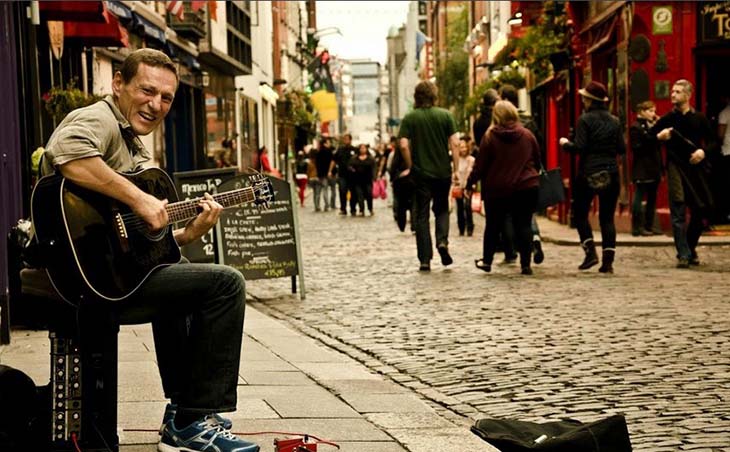
On the south bank of the River Liffey you’ll find a little area known as Temple Bar, which has preserved a medieval street pattern and cobble streets that throwback to the old days. It has since become a central hub for Irish cultural institutions and by night becomes a major centre for the nightlife with restaurants, nightclubs and bars. Your last night in Ireland should be spent here soaking up the culture, the atmosphere and conversing with the warm welcoming people of Ireland.

